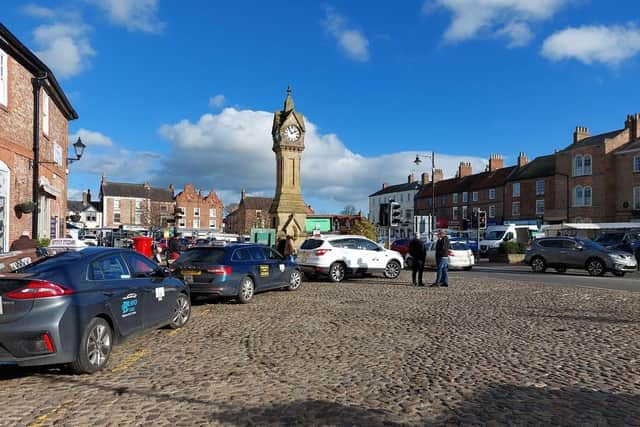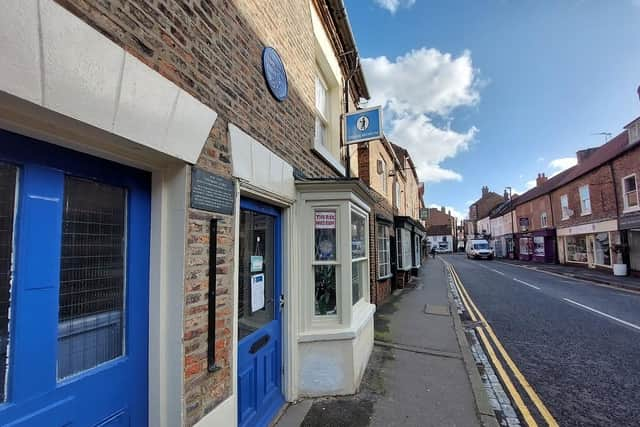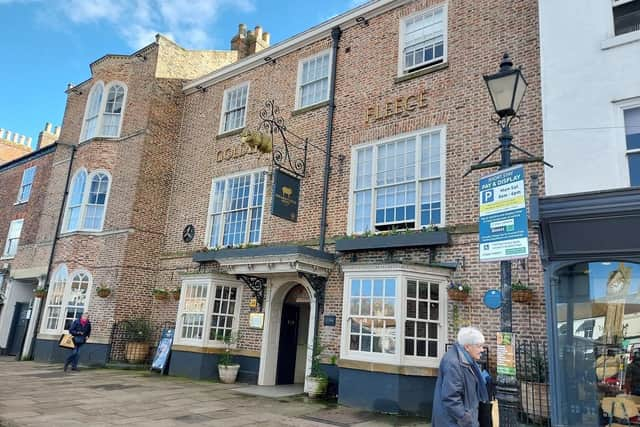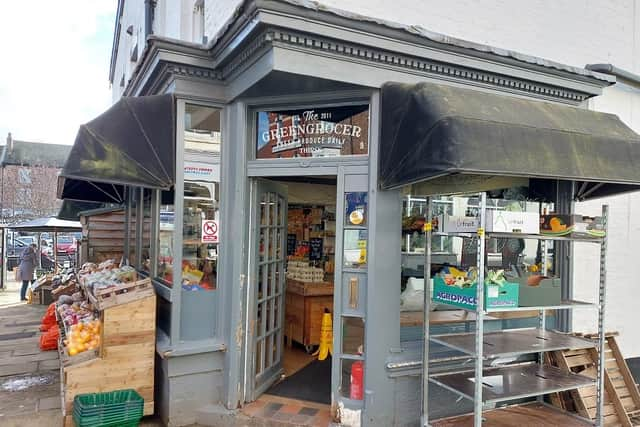Thirsk: We follow the footsteps of Yorkshire vet Alf Wight in Herriot Country and it feels like being transported to the 1940s
When I walked into the centre of Thirsk, I felt like I had stepped into a time capsule.
Archaeological evidence showed that there was a settlement in the town at around 500 to 600BC.
Advertisement
Hide AdAdvertisement
Hide AdThese were not just ordinary buildings I walked past, each had their own unique story, their own history and most were perfectly preserved.


Thirsk had a mix of old and recent history that I felt strongly while I walked down Kirkgate on my way to the popular tourist attraction World of James Herriot.
I was given a personal tour of the World of James Herriot by the chairman of Herriot Country Tourism Group, John Gallery. He introduced me to the collections of Alf Wight’s personal artefacts, possessions and equipment he used while he worked as a vet.
The building itself was used as Alf and Donald Sinclair’s veterinary practice. The furniture, beams and structure of the building are authentic including the famous red door.
Advertisement
Hide AdAdvertisement
Hide AdFirst thing I noticed when I finished the tour was that the building was like the TARDIS; it looked very tiny from the outside and yet was huge on the inside with so much to see and learn.


When I walked through the centre of Thirsk, I thought, ‘I must be following the path Alf would have taken every day more than 80 years ago’. That realisation made me shiver with anticipation.
I visited Thirsk Museum where I learned all about Thomas Lord, the professional cricketer who was born in the building in 1755.
The museum housed many historic items, trinkets and furniture including the Busby Stoop Chair, which was thought to be cursed by Thomas Busby before his execution by hanging in 1702.
Advertisement
Hide AdAdvertisement
Hide AdAllegedly haunted, many people who have sat in the chair later died. It was originally located in the Busby Stoop Inn, but was donated to the museum by the landlord.


At the museum I learned about the Blue Plaque Trail where you walk around 20 historical sites in Thirsk marked by blue plaques, each with a unique story.
The plaques I had spotted were located on the building of Thirsk Museum, Thirsk Hall which was owned by the Earls of Derby in the 15th century, the World of James Herriot building which was built in the early 19th century and Baker’s Alley.
I had also spotted plaques on Bamlett’s which is now a Tesco, Thirsk and Sowerby Town Hall, the Ritz Cinema which used to be a Mechanics’ Institutes in the 1820s and pubs The Golden Fleece and The Three Tuns.
Advertisement
Hide AdAdvertisement
Hide AdLike I said, the town was like a time machine with incredible stories just waiting to be discovered.


When I started walking towards The Golden Fleece, the sun started shining and skies were clearing. It looked so majestic. The owners had preserved its historic structure from the outside, but the inside had been fully renovated and was very busy when I walked in.
What I discovered that day was that the Drovers Arms in All Creatures Great and Small is in reality The Golden Fleece, where Alf visited after work.
Right at the centre of Market Place was the Clock Tower, it added something extra special to the overview of the town.
Advertisement
Hide AdAdvertisement
Hide AdNext to Thirsk Tourist Information centre, I found the Greengrocer that was akin to GF Endleby on Channel 5 series All Creatures Great and Small, with the fruit and vegetables displayed on the outside. I felt like I was wandering around the set of the series.
My day finished on a fascinating note, as I visited the Ritz Cinema, Britain’s longest running and oldest cinema and was often visited by Alf and his wife Joan, and learned all about Thirsk's rich cinematic heritage at the time when silent films were popular. I also got to learn all about the lambing process at Monk Park Farm which opened my eyes to the world of farming.
As I headed back to the station, I felt I had satisfied my curiosity of the history of the town and Alf Wight’s colourful world and I will definitely return for a longer trip.
Comment Guidelines
National World encourages reader discussion on our stories. User feedback, insights and back-and-forth exchanges add a rich layer of context to reporting. Please review our Community Guidelines before commenting.
